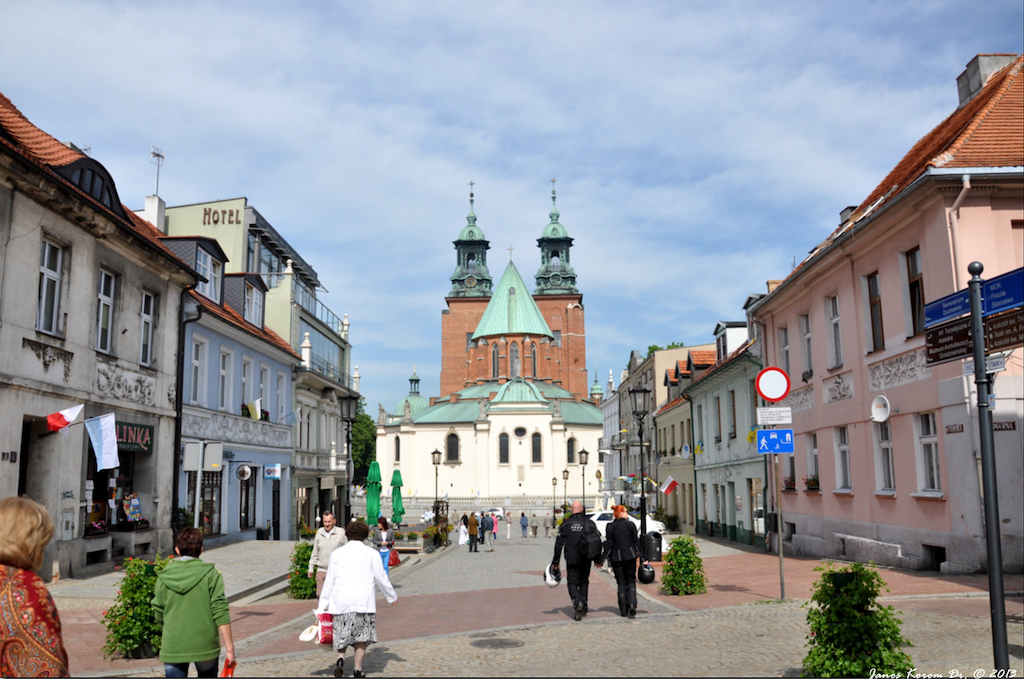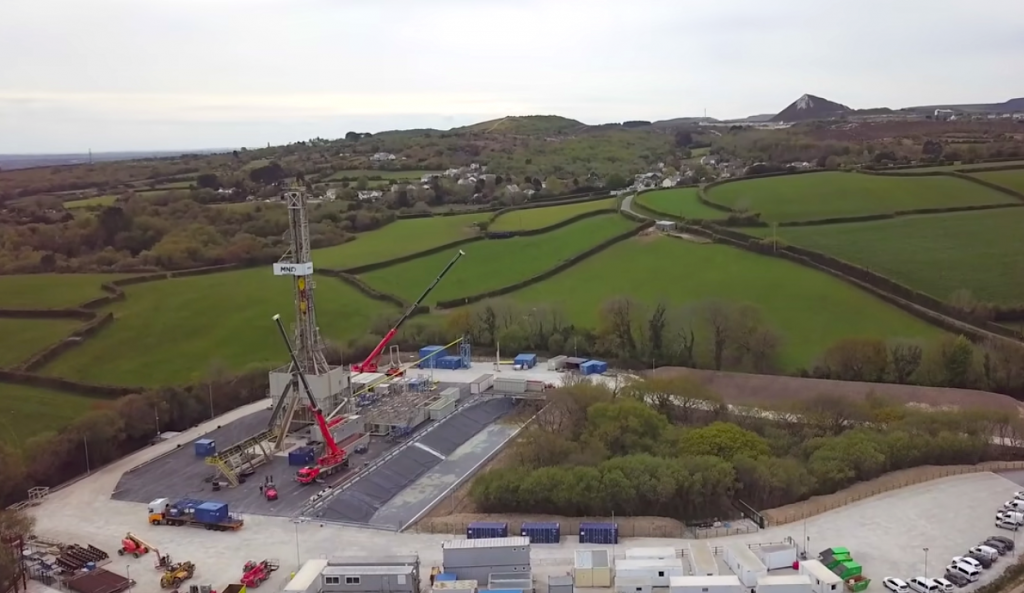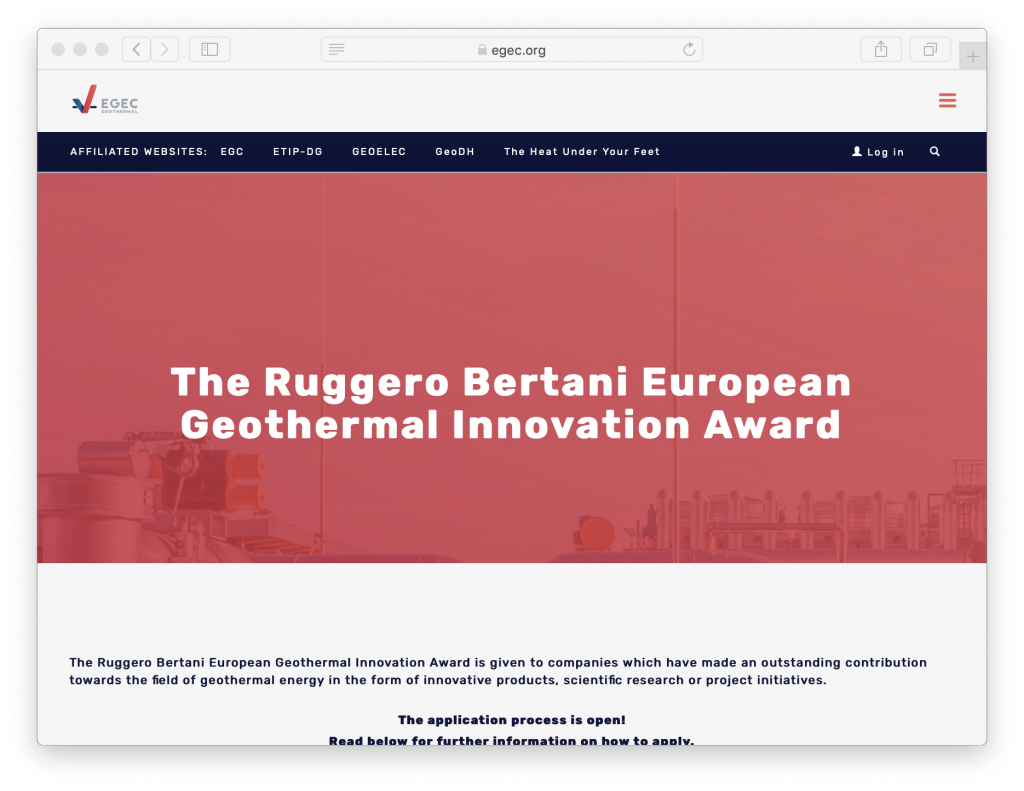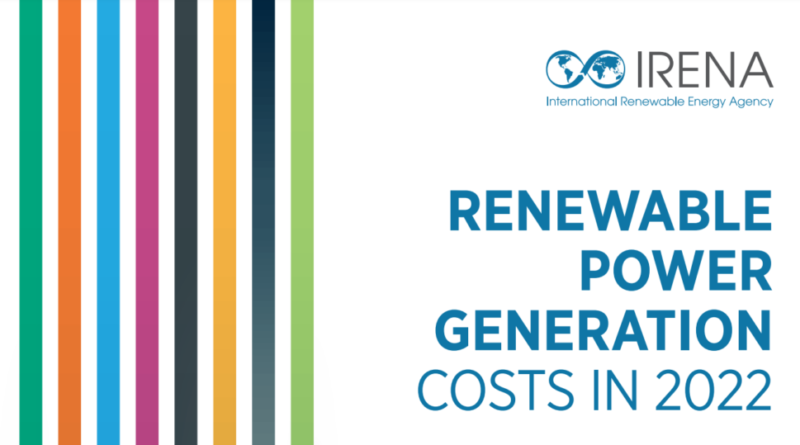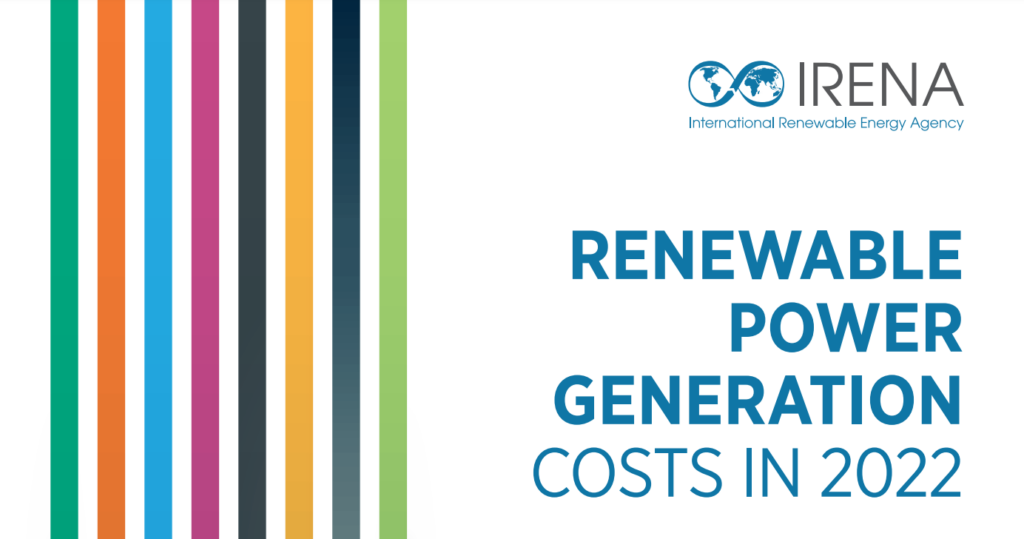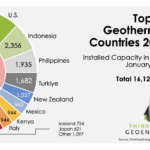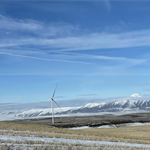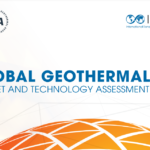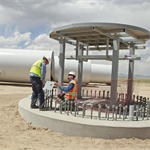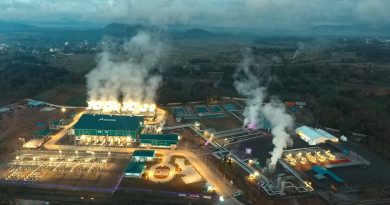IRENA reports 22% lower LCOE of geothermal power in 2022
Energy Disrupter
IRENA reports a general increase in competitiveness of renewable power in 2022, with the LCOE of geothermal falling by 22% to 0.056 USD/kWh.
Between 2021 and 2022, the global weighted average levelized cost of electricity (LCOE) of ten newly commissioned geothermal projects fell by 22% to USD 0.056 kWh. This statistic was reported by the International Renewable Energy Agency (IRENA) in their newly published document, “Renewable Power Generation Costs in 2022.”
The full report can be accessed via this link.
Almost all forms of renewable power became more competitive in 2022, with offshore wind and hydropower as the only exceptions. The competitiveness of renewable power was further boosted by soaring fossil fuel prices from 2021 to 2022. IRENA described 2022 as the year that the energy security benefits of renewables were widely ‘”rediscovered.”
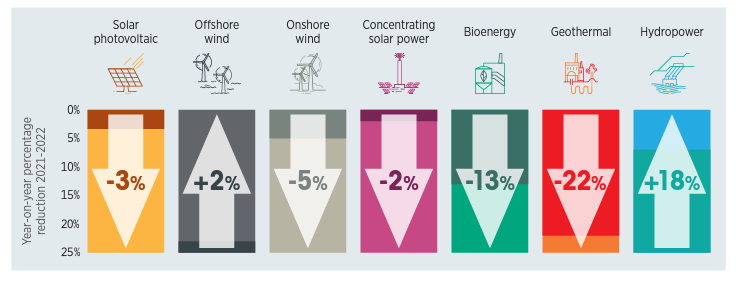
In the case of geothermal, decreased installed costs and the constantly high capacity factor were the driving factors for a more competitive LCOE in 2022.
Relatively low deployment rate in 2022
Around 181 MW of new geothermal power generation capacity was added in 2022. This was lower than the 279 MW of 2021, about a quarter of the decade’s record deployment of 661 MW back in 2015, and is the lowest annual deployment since 2011.
The low deployment rate, aside from slowing down the rate of global capacity growth, also means that the annual LCOE of geothermal is determined only by a handful of projects. This will likely lead to more fluctuating year-to-year values, as the total installed costs of geothermal projects tend to be heterogenous due to several factors.
In any case, the ten commissioned geothermal plants in IRENA’s database account for a 2022 global weighted average LCOE of 0.056/kWh and a total installed cost of USD 3478/kW. Both of these are significantly lower than 2021 values and are some of the lowest values in the past decade.
Shown below is a summary of the trends mentioned in the IRENA report, showing marked fluctuations in total installed costs and LCOE values for the past decade. Capacity factor values, in comparison, are much more stable.
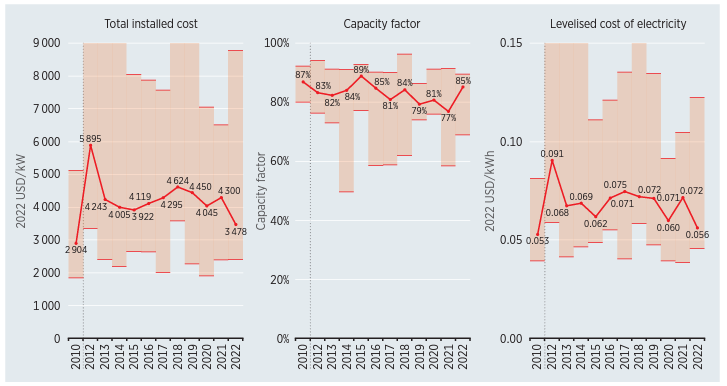
Several factors influence total installed costs
The capital costs for geothermal power projects are generally high compared to hydropower, solar PV, and onshore wind. The weighted average total installed cost of geothermal projects has been relatively flat since 2013, but there remains a wide spread of the individual values owing to the uniqueness of each project.
Resource quality – in terms of temperature, flow rates, and permeability – is a major factor that influences the total installed cost. This determines the type of power plant technology that will be used, as well as the number of wells that will be drilled to attain a target capacity. Costs for binary power plants tend designed to exploit lower temperature resources tend to be higher than that for direct steam and flash plants.
Drilling of production and injection wells is a main cost driver for geothermal projects. This is something that can be affected by the business cycle of the oil and gas industry, causing fluctuations also for the costs of engineering, procurement, and construction (EPC).
Geothermal maintains highest capacity factor
The high capacity factor of geothermal remains one of its most competitive advantages. Geothermal plants are able to access thermal fluids continuously, allowing them to operate at the desired capacity for most hours of the year.
For 2022, the global weighted average capacity factor of geothermal projects was 85%. This is substantially higher than the values for hydropower (46%), solar PV (17%), and onshore wind (37%) for the same period.
Complex reservoir management increases O&M costs
Operation and maintenance (O&M) practices in geothermal are considerably more complex compared to solar or wind. Once a geothermal power plant has been commissioned, management of the resource is a practice that evolves almost constantly over time. Understanding this dynamic situation and reacting appropriately requires a high level of operational experience, agile management, and near-constant diligence in monitoring reservoir parameters.
An important consideration for geothermal projects is the fact that drilling of replacement wells will eventually be necessary as the productivity of the existing wells start to decline. This practice increases lifetime O&M costs compared to other renewable power options. However, this is typically still offset by higher capacity factors.
Source: IRENA
